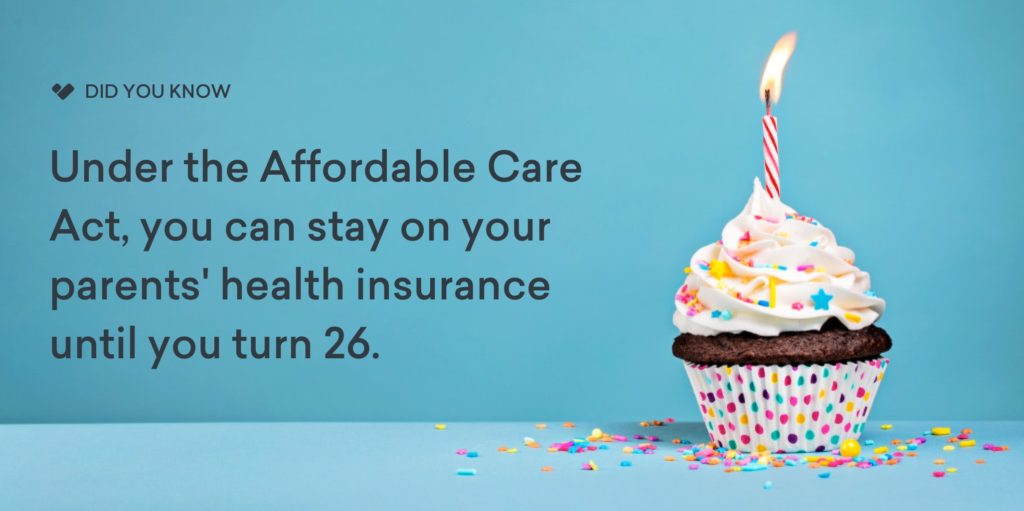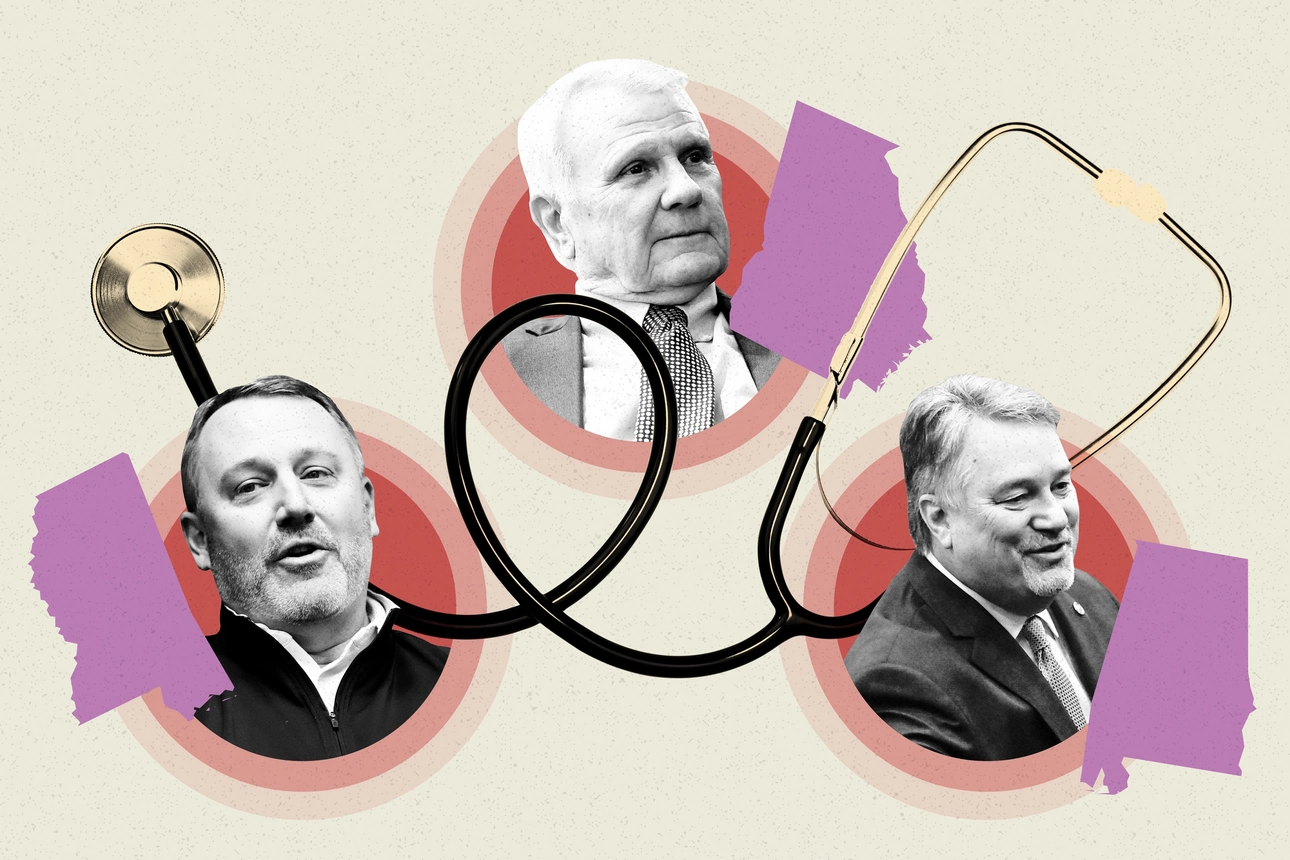What is the Affordable Care Act?
What is the Affordable Care Act?
By HealthSherpa
Ten years ago, before the Affordable Care Act, more than 50 million Americans lived their lives without health insurance. These were families, including children and seniors, who lived every day not knowing if one case of the flu or an accident might land them in the emergency room. There were also people who were denied healthcare coverage by private insurance companies because of their pre-existing medical conditions. Or even stripped of coverage when their medical needs became too complex. Often times, healthcare costs were too high and many people ended up going without coverage.
Then on March 23, 2010, President Barack Obama signed the Affordable Care Act (ACA) into law, with the core principle that, “everybody should have some basic security when it comes to their healthcare.” Since then, there has been a lot of political debate on the merits of the ACA (sometimes referred to as Obamacare), as well as confusion about what exactly the Affordable Care Act does, who it helps, and how it may or may not change under President Trump.
Below, we answer frequently asked questions about the ACA, dispel some of the common misunderstandings about health insurers and health insurance plans, and offer guidance so you can better understand the ins and outs of the Health Insurance Marketplace.
What is the Affordable Care Act?
Officially called the The Patient Protection and Affordable Care Act of 2010 (PPACA), the ACA has three primary goals: Expand coverage by making affordable healthcare available to more people. Expand the Medicaid services program, which provides free or low-cost health insurance to eligible low-income individuals and some people with disabilities. And reduce healthcare and health plan costs overall. Under the ACA, the previous scenarios of going without health coverage or being denied health insurance due to a pre-existing condition are no longer possible.
Who does the Affordable Care Act help?
Almost 20 million Americans have gained health insurance coverage since the Affordable Care Act was signed into law. It allows young people to stay on their parent’s health insurance plan until they’re 26. It promises if you get sick and need a lot of medical care, your insurance company cannot raise your monthly premium or cancel your coverage. And regardless of the ACA plan you choose, you will have access to free preventive services, like flu shots and well-woman visits.

Just about everyone who lives in the United States legally can enroll in health insurance through the Marketplace. However, people who are in prison and those already on Medicaid or another kind of government health coverage cannot. Along with people who have affordable health insurance through their employers, unless they pay full price without subsidies.
What is the Health Insurance Marketplace?
In order to make health insurance affordable and accessible to all Americans, the Health Insurance Marketplace was set up. This is an online exchange where people or small businesses can get information and purchase individual health insurance for themselves or their families.
Each state also had the option to establish their own health insurance exchange, also known as a State Based Marketplace, by 2014. Each State Based Marketplace could be a government entity or nonprofit, but still needed to meet certain requirements. For example, they are not allowed to use marketing messages that might discourage people with serious healthcare needs from signing up. And they can only offer health insurance plans that meet the standards of the Affordable Care Act.
What is the Open Enrollment Period for health insurance?
The annual Open Enrollment Period (OEP) is when all U.S. citizens, nationals, or legal residents living in the United States can apply for health insurance through the Marketplace. Open Enrollment typically starts on November 1st and ends on January 15th, in most states.
It’s also important to know about Special Enrollment Periods (SEP). This is when you can enroll in coverage outside of Open Enrollment but only if you experience a qualifying life event. This includes loss of coverage, getting married, adopting a child, a permanent move, a change in household size, plus more. You can find out if you qualify here.





